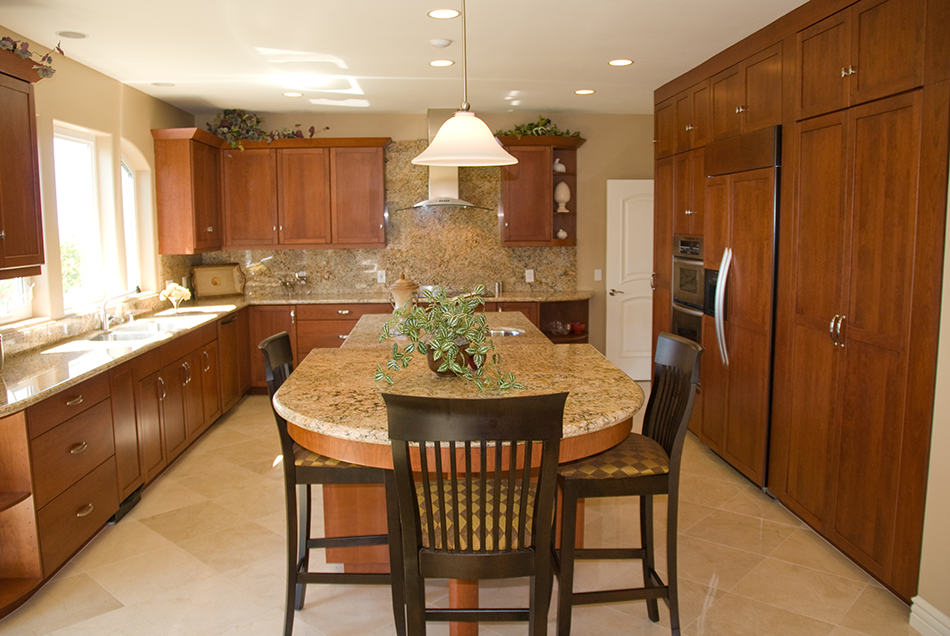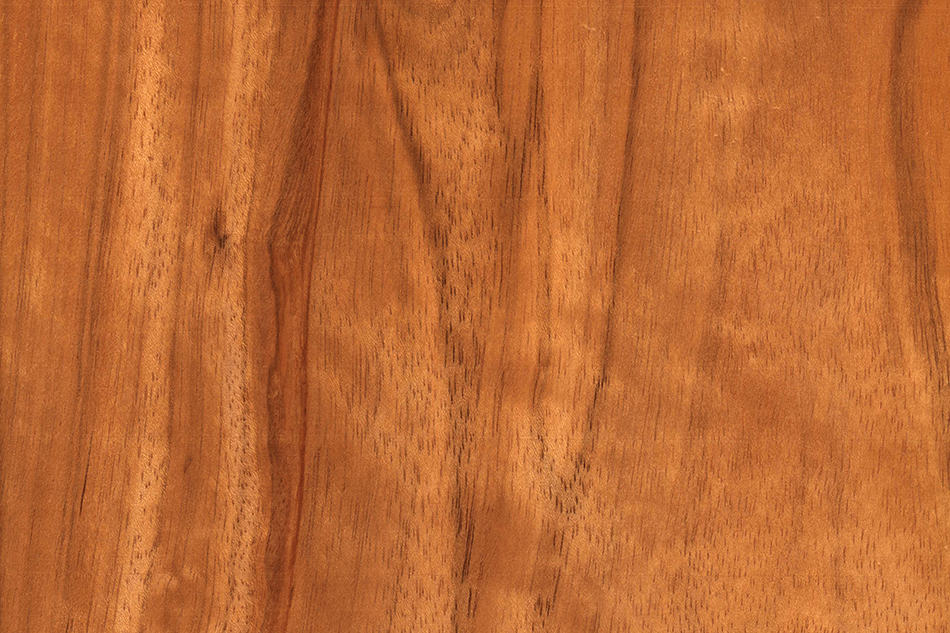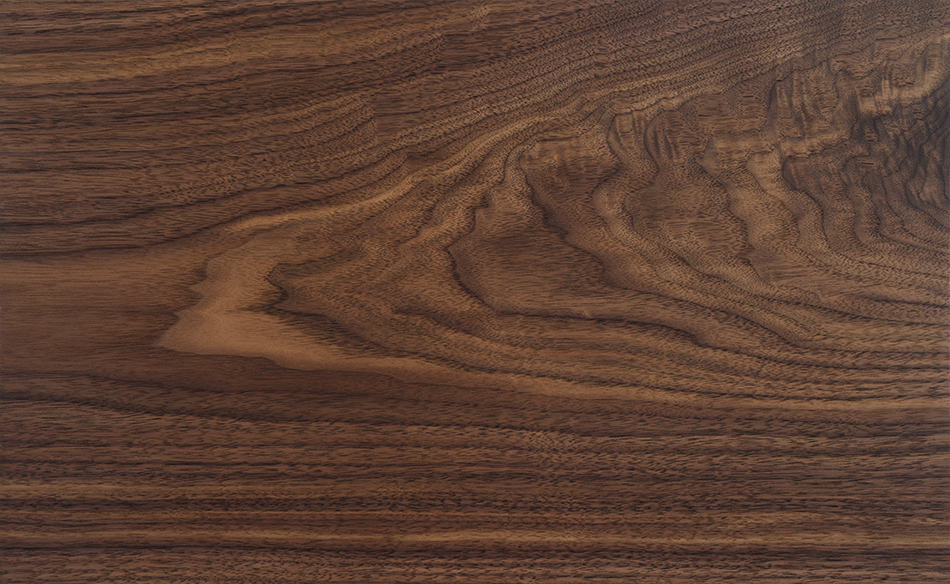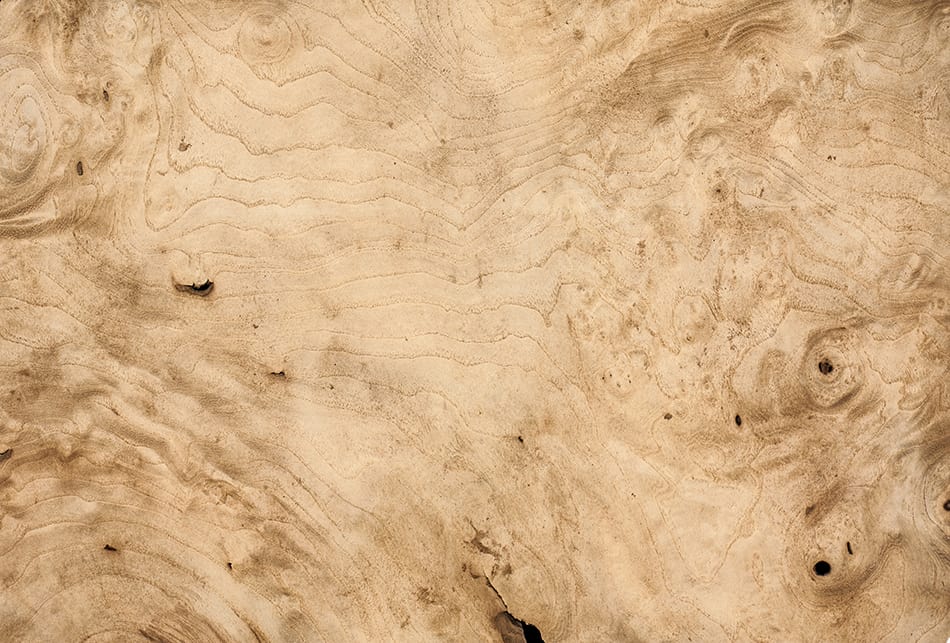Whether you’re buying furniture or choosing a material for your flooring, you may be intrigued by the beauty of walnut wood. Through the years, walnut has captivated many people because of its beauty, durability, and ease of maintenance. It is not a surprise that it has become a favorite material for furniture as well as cabinets, flooring, paneling, gun stocks, veneers, and novelties.
What are the qualities of walnut wood? What are its various types? These questions and more will be answered in this article.
Qualities of Walnut Wood
Walnut wood comes from the Juglans genus of plants, the most common of which are the English walnut and the black walnut. The two are typically used for furniture making.
The wood itself is known to be strong, hard, and durable. It carves well and holds a nice shape even after many years. In the 17th and 18th centuries, it was commonly used for making cabinets and other furniture pieces in Europe. During the first World War, it was widely used in the production of firearm grips and stocks.
In past decades, many wood makers loved to use it for ornate furniture requiring intricate woodworking like a headboard. But in contemporary times, the price of solid walnut has gone up expensive, which has forced many wood makers to use walnut veneers instead.
Walnut wood is popular for its chocolate or coffee color. It is also the only dark wood that’s native to North America. Here’s something worth noting: the center of the tree is the only part that bears the deep hues. Called the heartwood, this part of the tree may also have other colors such as purples, lighter browns, grays, and even reddish tints. The outermost portion of the tree, the sapwood, is commonly pale blond, although it may also be yellowish-gray.
You may have also heard that the color of walnut wood changes over time. This is true and can be due to a variety of factors. Sunlight exposure for many years, for one, can cause a dark walnut wood cabinet to lighten.
Types of Walnut Wood
Walnut wood comes in many types. You must know these types first so that you’d know which wood type best suits your requirements.
1. English Walnut Wood
English walnut wood is derived from the same tree where edible walnuts are sourced. It is called by other names like common walnut, Circassian walnut, European walnut, and French walnut. This walnut wood type originated from the United Kingdom and is believed to have propagated on the eastern coast of the United States. It is also widely found in western Asia as well as Eastern Europe.
The English walnut tree grows up to 120 feet tall, with its diameter around 2 feet. Those planted and grown in the forest tend to be taller than cultivated trees; however, the latter is the more common source of timber. Cultivated English walnut trees have a shorter base and wide crown.
Its heartwood color ranges from pale brown to dark chocolate brown. Meanwhile, its sapwood is yellowish to white. Compared to its European counterparts, English walnut wood is lighter in color. It may also have traces of different colors depending on the drying method used. It is also common to find colors like purple and grey in a block of English walnut wood.
English walnut wood is often graded as moderately durable. It’s still prone to insect attacks, though. This walnut wood type is commonly used in furniture, fine veneers, carvings, and decorative objects. Large slabs of wood are excellent choices for kitchen counters, tabletops, shelves, and bar tops. The veneer, meanwhile, is often used for panels as well as architectural uses. It is also shock-resistant and thus used in high-end gunstocks.
2. Black Walnut Wood
Extremely popular for its strength, shock resistance, stability, and versatility, the American black walnut wood is a favorite of woodworkers anywhere in the world. Its heartwood is often mentioned as among the most durable woods in the world, alongside cedars and chestnuts.
The American Black walnut tree from which this wood comes is one of the most valued native trees in the United States. It is widely found on the eastern coast of the United States. It is distributed in Michigan, Wisconsin, Ohio, Georgia, and even parts of Texas and Ontario in Canada. The tree grows to as tall as 50 feet.
Similar to the English walnut, the color of the American black walnut wood can range from dark chocolate brown to pale yellow. The sapwood, meanwhile, is often pale yellow to white.
Demand for American black walnut varies. In the past, it was such a valuable domestic veneer that it was once dubbed black gold. However, like most woods, its demand can increase or decrease depending on public appetite and consumption. Ten years ago, the use of black walnut had fallen off somewhat, but there’s an increased demand for it as of late.
Due to its durability, workability, and appearance, black walnut is a popular wood for cabinets. It also performs well with both hand tools and machines. It can also be polished to a high finish. With its ready workability, it can also be carved, turned, and suited for steam bending. It can be glued satisfactorily as well. Aside from cabinets and furniture, it is widely used in joinery work and gunstocks.
3. Claro Walnut Wood
Also called the California Black walnut, the Claro walnut wood comes from the tree with the scientific name Juglans hindsii. As you may guess from its other name, the Claro walnut wood is widely grown in California. It is also widely distributed in Oregon. The tree from which it comes can grow up to 18 meters tall and up to 1.5 meters wide. The tree is also closely related to the Black walnut.
In terms of appearance, the heartwood of the Claro walnut wood ranges from light pale brown to dark chocolate brown with dark brown streaks. At times, the color can have a purple, gray, or reddish cast. The sapwood, meanwhile, is clear or white. It can also be occasionally found with figured grain patterns like burl, crotch, and curly.
Like the English walnut wood, the Claro walnut wood is susceptible to insect attacks. Still, it remains one of the most durable types of walnut wood. It is also resistant to decay. In terms of price, the pricing of this wood is slightly higher than that of the black walnut. It doesn’t help that the tree is listed on the IUCN Red List as vulnerable, with its population having been reduced by more than 20%.
As long as its grain is straight and regular, a Claro walnut wood is typically easy to work with. If the grain is figured or irregular, there’s the risk of planer tear-out. Claro walnut wood also stains and finishes well. The odor of the wood when being work on is faint and mild, and thus, should not pose a health problem.
4. White Walnut Wood
Also known as the Spanish walnut or simply the butternut, white walnut wood is a member of the Juglans cinereal. It has a light brown color and is considerably lighter than its walnut compatriots. Lightweight yet hard, this wood is also known to be easy to work on. It is commonly used on carvings, furniture, veneer, boxes, crates, and interior trims.
The white walnut tree is widely found on the eastern coast of the United States. It bears an oval-shaped fruit. On the other hand, the black walnut and other nuts of the Juglans genus have round fruits. For years, the edible fruit of the tree has long been viewed as more valuable than lumber.
White walnut wood is closely related to black walnut, although the former is lighter in color and weight. It is also less dense. It isn’t that durable as it exhibits poor rot resistance, no thanks to its open pores. As such, it is also susceptible to insect damage. Being lightweight has its downsides. One, it tends to result in fuzzy surfaces after sanding.
Still, it has its advantages. Many woodworkers appreciate the fact that it’s relatively easy to work with. It also has shock resistance and excellent dimensional ability. It isn’t as expensive as other special wood because of its availability.
Since it is lighter than the American black walnut, it presents a higher luster. It has a pale and gold-like tone both in its sapwood and heartwood. Its veneer is valued for decorative purposes and is often used in cabinets, furniture, turned items, and interior paneling.
5. Bastogne Walnut
The product of the cross-pollination of the claro walnut and the English walnut, the Bastogne walnut is a relatively new breed that yields strong lumber. Like the other walnut wood types, it is commonly used in fine furniture, gunstocks, and veneer. It is also often used in musical instruments like guitars, turned objects, and knife handles.
Bastogne walnut is also called the Paradox walnut because it grows faster than both English and claro walnuts. Yet, the quantity and quality of its walnuts are incomparable to those of its parents.
The Bastogne walnut was cross-pollinated by planter breeder Luther Burbank towards the end of the 19th century. It was Burbank himself who called it the Paradox walnut, given its interesting characteristics. The term Bastogne walnut would later be tossed around to market the wood.
The Bastogne walnut tree is widely distributed across California. Its scientific name is the Juglans paradox. The tree can grow between 50 and 100 feet tall with a trunk diameter between three and five feet.
Its heartwood colors vary, from light gold to reddish-brown. At times, dark brown to black streaks can be found in the central wood. The sapwood is paler than the heartwood. Rippled grain can also be seen in some sections of the wood.
Like most of the walnut wood types, the Bastogne walnut wood is easy to work with as long as its grain is regular and strained. It also stains, glues, and finishes well. It has a mild color when being worked on.
As for its pricing and availability, the regular lumber of the Paradox walnut is slightly more expensive than the black walnut. Its price, however, is heavily dependent on the quality of the color and its figure.
6. Peruvian Walnut Wood
Peruvian walnut wood has a darker color and coarser grain compared to the other walnut wood types. It is highly regarded for its rich, dark chocolate color. It’s widely used in furniture and cabinets in Central and South America.
The name Peruvian walnut is misleading because the tree doesn’t originate in Peru. The tree from which the lumber is sourced is widely grown in Central America and the northern regions of South America. It is modest in size, growing up to 60 feet tall, and the trunk having an average diameter of 3 feet.
The wood is easy to work on. It glues and stains well. Similar to the other walnut wood types, Peruvian walnut wood is known for its shock resistance qualities. It is also a prime material for gunstocks. Its dark color makes it a good choice for interior trim. However, it is considered a bit soft to be used as flooring. While it isn’t that popular in the United States, Peruvian walnut wood is commonly used in high-end furniture in South America.
It is also regularly used in musical instruments and cabinets.
Conclusion
In short, there are six types of walnut wood that you can choose from. As you may have observed, each walnut type has its pros and cons. But generally speaking, all walnut woods are noted for being beautiful and durable. It’s an excellent wood for furniture and cabinets. In choosing the right walnut wood type, consider factors such as your budget and what it would be used for. Good luck with shopping!










